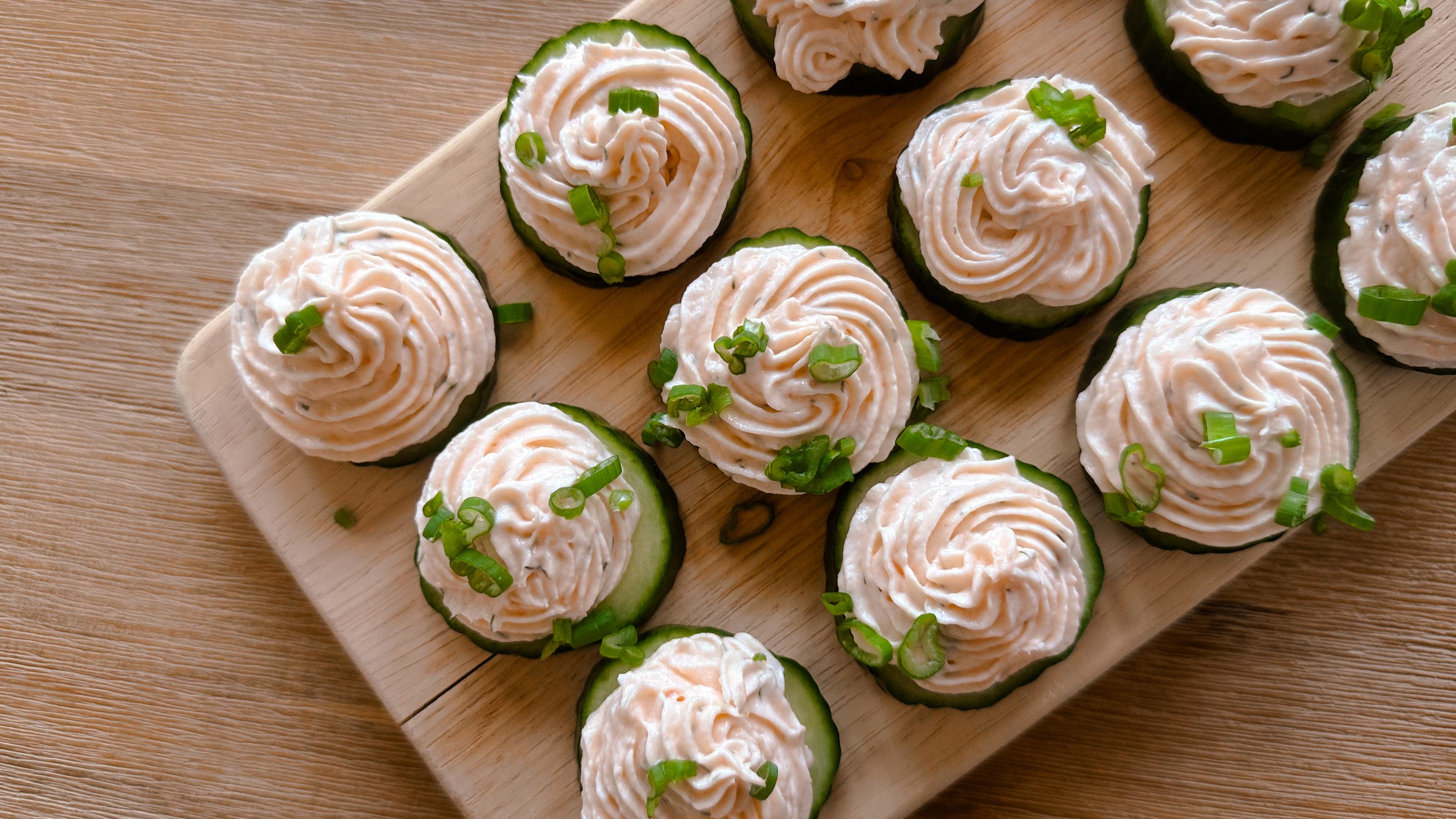How to Get Active and Stay Fit in Your Kitchen
Shandra Martinez
| 3 min read

For many of us, our kitchens have gotten a real workout since the onset of COVID-19. The coronavirus pandemic brought indoor dining shutdowns and other restaurant restrictions that have pushed people to fix more of their meals at home. And with a bigger percentage of people working from home, kitchens across Michigan are getting a lot more meal and snack-time traffic than they have before.
It’s time to make sure you’re using all those extra hours spent between the refrigerator, stove, sink and countertops to your advantage. Your kitchen is a great place to not only stay mentally and physically active, but to zero in on healthy meal prep and eating so you can ramp up your fitness a notch or two.
Here are some ways to use that extra kitchen time to your advantage:
Mental health. You might not think cooking at home can give your brain a boost, but it can. Planning a meal and creating dishes from scratch allow you to channel your creativity. If you are following a recipe, thinking about the cooking process step-by-step stimulates your brain. And when you tweak recipes – adding your own touches or making substitutions – that kind of thinking is like a brain game. When you are ready to eat, even the way you plate and arrange a meal allows your inner artist to come out.
When a particular dish turns out well, it gives you a good dose of confidence. It’s an accomplishment. The food itself is a tangible reward. There’s also some mindfulness that takes place while you eat. You are more in tune with your meal. You might find yourself slowing down and enjoying it more when you’re involved in the process from the grocery shopping right through to placing it on the plate.
Connection. For lots of people, the kitchen is the heart of their home. It’s the place they connect with family and friends. Whether they are pouring their morning coffee or sharing a quick bite to eat, kitchens are a spot for conversation. People catch up on each other’s day, they make plans – and memories.
For parents and grandparents, spending time with children in the kitchen is a way to not only strengthen family bonds, but to get kids involved in meal planning. Teaching children how to create meals using lots of fruits and vegetables is a smart way to put them on a path toward a healthy lifestyle.
Take control of the ingredients. Doing more of the cooking at home means you are in control of your portion sizes and how nutritious your meals are – right down to each ingredient. Make sure to select healthy fats. Instead of sautéing vegetables in butter, switch to olive oil. And be careful about how much extra sugar and salt you add to your dishes, as too much of either can cause health issues.
Moving around. Anyone who has fixed a meal knows you’re never completely still. From whisking ingredients together to bending down to find the right pot or pan, cooking is a form of exercise. While it’s not a cardio workout – unless you are kneading a particularly tough bread dough – it does burn a good amount of calories. The average person can use up to 300 calories an hour cooking, doing meal prep or kitchen clean-up, research shows. So don’t feel guilty about eating dessert, as long as you’re making it at home.
Related:
Photo credit: Getty





